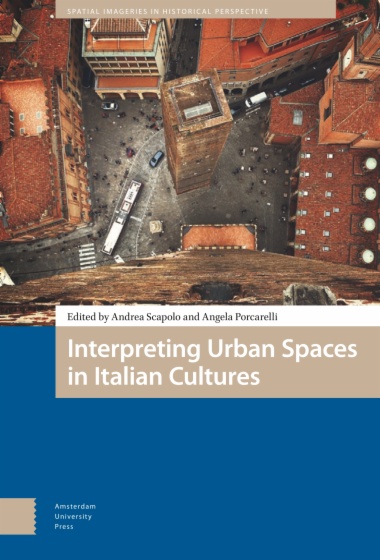Francesco Casetti believes new media technologies are producing an exciting new era in cinema aesthetics. Whether we experience film in the theater, on our hand-held devices, in galleries and museums, onboard and in flight, or up in the clouds in the bits we download, cinema continues to alter our habits and excite our imaginations.
Casetti travels from the remote corners of film history and theory to the most surprising sites on the internet and in our cities to prove the ongoing relevance of cinema. He does away with traditional notions of canon, repetition, apparatus, and spectatorship in favor of new keywords, including expansion, relocation, assemblage, and performance. The result is an innovative understanding of cinema's place in our lives and culture, along with a critical sea-change in the study of the art. The more the nature of cinema transforms, the more it discovers its own identity, and Casetti helps readers realize the galaxy of possibilities embedded in the medium.
- Table of Contents
- Acknowledgments
- Introduction
- Relocation
- 2. Relics/Icons
- 3. Assemblage
- 4. Expansion
- 5. Hypertopia
- 6. Display
- 7. Performance
- 8. The Persistence of Cinema in a Post-Cinematic Age
- Notes
- Bibliography
- Index

